“I can only describe it like a zombie apocalypse.” Those are the words of Brad Bogle, as told to the Globe and Mail newspaper.
Bogle’s parents operate a family farm an hour’s drive west of the city I call home. The farm fields opened to the public each season when the sunflowers were in bloom. Over several weeks in July and August a few thousand tourists would visit and bask amongst the sunny faces.
Last summer, a tagged social media post featuring the estimated 1.4 million sunflower plants went viral. Then all hell broke loose. Enter the zombies.
On one bright and sunny Saturday, an estimated 7,000 tourists showed up in search of the perfect sunflower selfie. The Bogles knew something was up when the first minivan arrived at 5:45 a.m. Soon the onsite parking overflowed. The selfie-seekers parked on the country road—then out on the highway—some hiked from a kilometer away shortcutting and trespassing into the fields. People brought tripods and selfie-sticks. There were drones. One man portaged a stepladder deep into the field.
The local cops were called to direct traffic and control the crowd. The sunflower crop was damaged in the melee. The sunflower fields didn’t open to the public this year—the Bogles claim they’re now closed forever.
A selfie-sticking horde ruining the very thing it seeks seems to be a uniquely 21st-century cautionary tale. And it’s one we increasingly hear about.
Last fall, the Jackson Hole Travel and Tourism Board set a precedent by asking visitors to stop geotagging photographs on social media to protect the state’s forests and lakes after insta-fame and the resulting heavy use damaged remote trails in the Grand Tetons.
Crowds and congestion inaccessible wild spaces is a growing concern in many places, but it seems nowhere more so than in national parks.
“Technology, successful marketing, and international tourism have brought a surge in visitation unlike anything seen before,” reads a November 2018 article in The Guardian, noting the U.S. National Park Services estimates annual visitation peaked at 330.9 million.
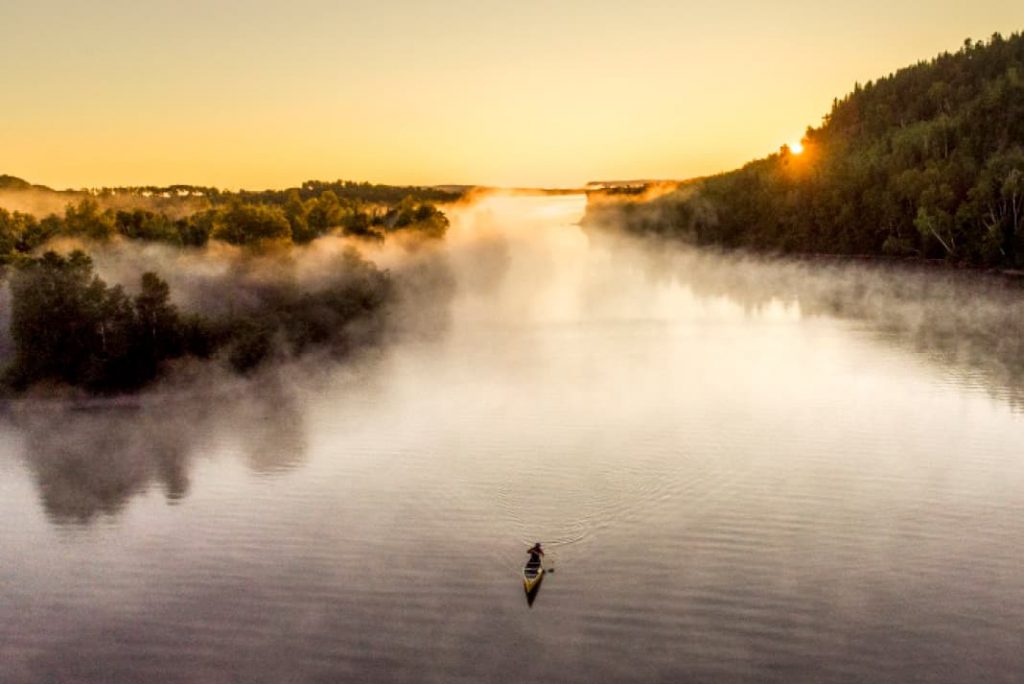
Some of the most popular U.S. parks experience two- to three-hour delays to enter, animal sightings cause gridlock and fender benders. Backcountry pit toilets overflow and close due to “extreme overuse.” Glacier National Park rangers have broken up fist fights over parking spots.
On a much smaller—and far less apocalyptic—level, I see this at a handful of my favorite backcountry launches where there is an ever-growing throng of paddlers. It’s terrific to see more people enjoying the outdoors, but worrisome to watch the cumulative destruction in the backcountry—trails widening and unofficial ones appearing, trees scarred from axes, feces improperly disposed of, and candy bar wrappers. Increased usage inevitably affects fragile ecosystems—and also the visitor experience if solitude is what they seek.
While some American and Canadian national parks have considered adopting a reservation system for entry to lessen the load on park infrastructures and the environment, others advocate for avoiding busy areas already operating at maximum capacity, and instead traveling only lesser-known routes. Some even argue the best way to protect the wild places we cherish is to avoid them entirely—of course, for those who are happiest outside, that’s not much of an option at all.
With an increasing number of people paddling in wild and semi-wild places, it makes following leave no trace principles even more critical. And because today’s popularity spikes are so often tied to social media, some adventurers have suggested adopting an eighth leave no trace principle: consider the potential impacts rapidly increased use can have on wild places and to be mindful of when posting images to social media. Just as Jackson Hole’s Travel and Tourism Board recommends. It’s the best way to keep your own zombie apocalypse at bay.
Kaydi Pyette is the editor of Paddling Magazine. She loves sunflowers but zombie movies really freak her out.
Take only photos, leave only Likes. | Photo: David Jackson



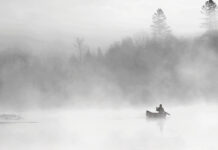
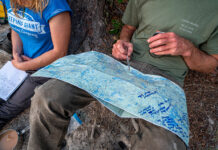
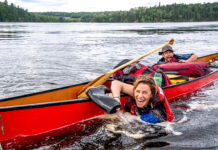
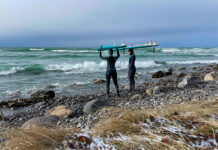
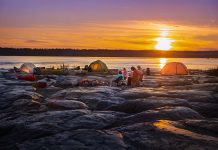

I am a little concerned about the impact a large group of paddlers will have on the Chockawhatchee trip that you are are promoting.the opening paragraph states how pristine the area is and the statement that there are more fauna then people is an eye-opener….. hopefully your guides will follow the “leave no trace” ethic
This is such a sad story. I’ve seen the same trends in some of the wild places where I’ve been in recent years. Places that come to mind would include Algonquin Park, McRae Lake and The Massasauga Provincial Park.